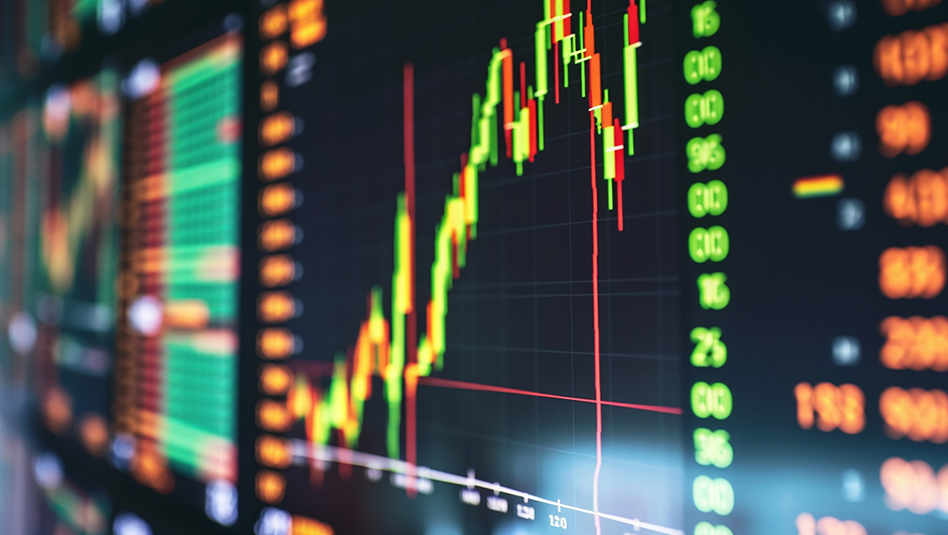Access this content:
If you are an existing investor, log in first to your Metrobank Wealth Manager account.
If you wish to start your wealth journey with us, click the “How To Sign Up” button.

Fundamental View
AS OF 06 May 2025Hana Financial Group (Hana FG) struggled for several years to make its acquisition of the former Korea Exchange Bank a success, but results improved dramatically in 2015 as revenues grew and cost efficiencies improved. It has produced strong results since 2020.
The group is looking for inorganic growth in its non-bank businesses as it has fallen behind Shinhan FG and KBFG in this area, but has so far shied away from a large acquisition.
Hana Bank has the highest CET 1 ratio among the Korean Big 4 banks.
Business Description
AS OF 06 May 2025- Hana FG is the third-largest financial group in South Korea. From small origins as a finance company in the 1970s, after the 1997 Asian crisis, Hana grew by acquiring three other banks, including the much older Seoul Bank, which had a banking and trust management business.
- Hana FG bought Korea Exchange Bank (KEB) from Lone Star in 2012 after overcoming many hurdles, but due to staff union opposition, it could not merge with Hana Bank until 2015.
- Hana FG's overseas business is smaller than its peers, and is complemented by KEB's extensive international operations. KEB was started in 1967 as a government-owned bank specializing in foreign exchange. It had a leading share in FX transactions and trade finance among Korean banks.
- Hana FG has shown good growth in its credit card and securities non-bank businesses, but is less diversified than its larger peers KB and Shinhan, which have also acquired insurance companies. Its latest acquisition (in 2019) was a 15% stake in Vietnam's state-owned Bank for Investment & Development (BIDV). In 2023, Hana FG decided not to proceed with the acquisition of KDB Life Insurance after two months of due diligence.
Risk & Catalysts
AS OF 06 May 2025Hana FG’s credit costs at 29 bp in FY24 and 1Q25 were lower than peers (mostly in the range of 40-50 bp). However, the group’s NPL coverage ratio was also ~14-18 ppt behind peers.
NIMs are lower than those of KB and Shinhan at both the group and bank levels. The profit contribution from non-bank entities to group profits is also lagging behind these two peers. Both metrics are comparable to Woori’s.
Loan growth was softer than peers in FY24 and 1Q25 as the bank is putting more focus on RWA management and capital enhancement.
Key Metric
AS OF 06 May 2025| KRW bn | FY21 | FY22 | FY23 | FY24 | 1Q25 |
|---|---|---|---|---|---|
| Pre-Provision Profit ROA | 1.07% | 1.10% | 1.11% | 1.00% | 1.12% |
| ROA | 0.74% | 0.66% | 0.59% | 0.61% | 0.72% |
| ROE | 10.9% | 10.1% | 9.0% | 9.1% | 10.6% |
| Provisions/Loans | 0.16% | 0.34% | 0.46% | 0.32% | 0.29% |
| NPL Ratio | 0.32% | 0.34% | 0.50% | 0.62% | 0.70% |
| CET1 Ratio | 13.8% | 13.2% | 13.2% | 13.2% | 13.2% |
| Equity/Assets | 6.8% | 6.4% | 6.6% | 6.7% | 6.7% |
| Net Interest Margin | 1.66% | 1.83% | 1.82% | 1.69% | 1.69% |
CreditSight View Comment
AS OF 28 Apr 2025Hana FG grew through acquisitions but only in 2015 was it able to merge its two main bank units to form KEB-Hana Bank. Hana’s management has a good record but for some years struggled to extract value from its acquisitions. Its performance for the past few years has generally been strong. More focus has been put on RWA management and capital enhancement since 2H24. There is potential for further improvements in the non-bank segment. Hana’s credit costs were lower than those of its peers, but this has also resulted in the lowest NPL coverage ratio among the four FGs. The group aims to maintain a CET1 ratio of 13-13.5%. We have a Market perform recommendation at both group and bank levels.
Recommendation Reviewed: April 28, 2025
Recommendation Changed: April 24, 2017
Who We Recommend
Sultanate of Oman

Korea Electric Power Corp.

Korea Gas Corp.










 DOWNLOAD
DOWNLOAD



